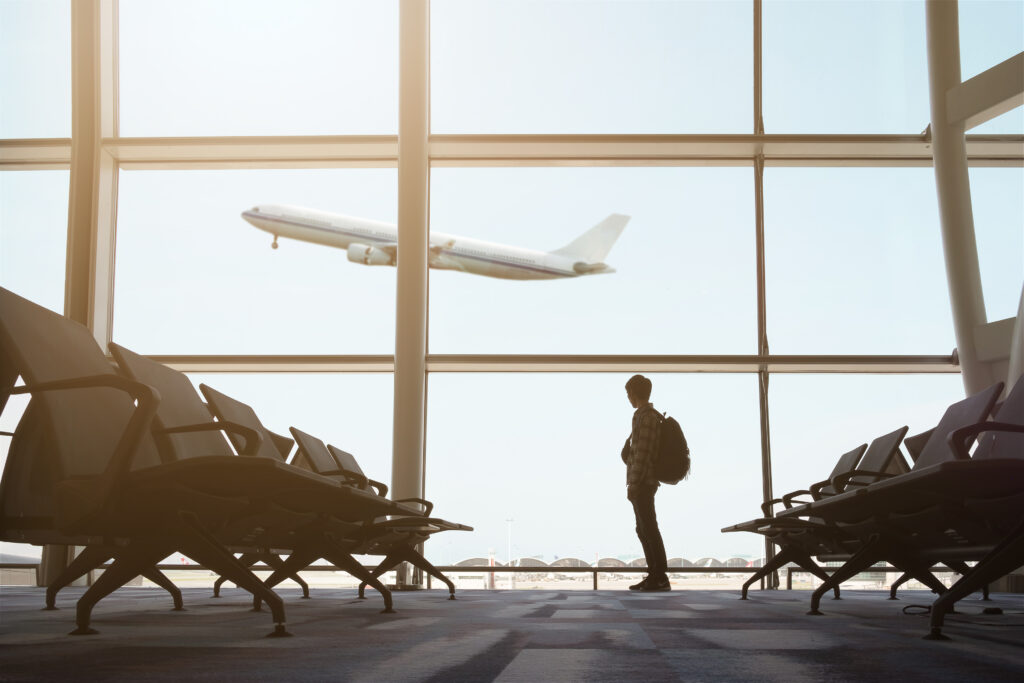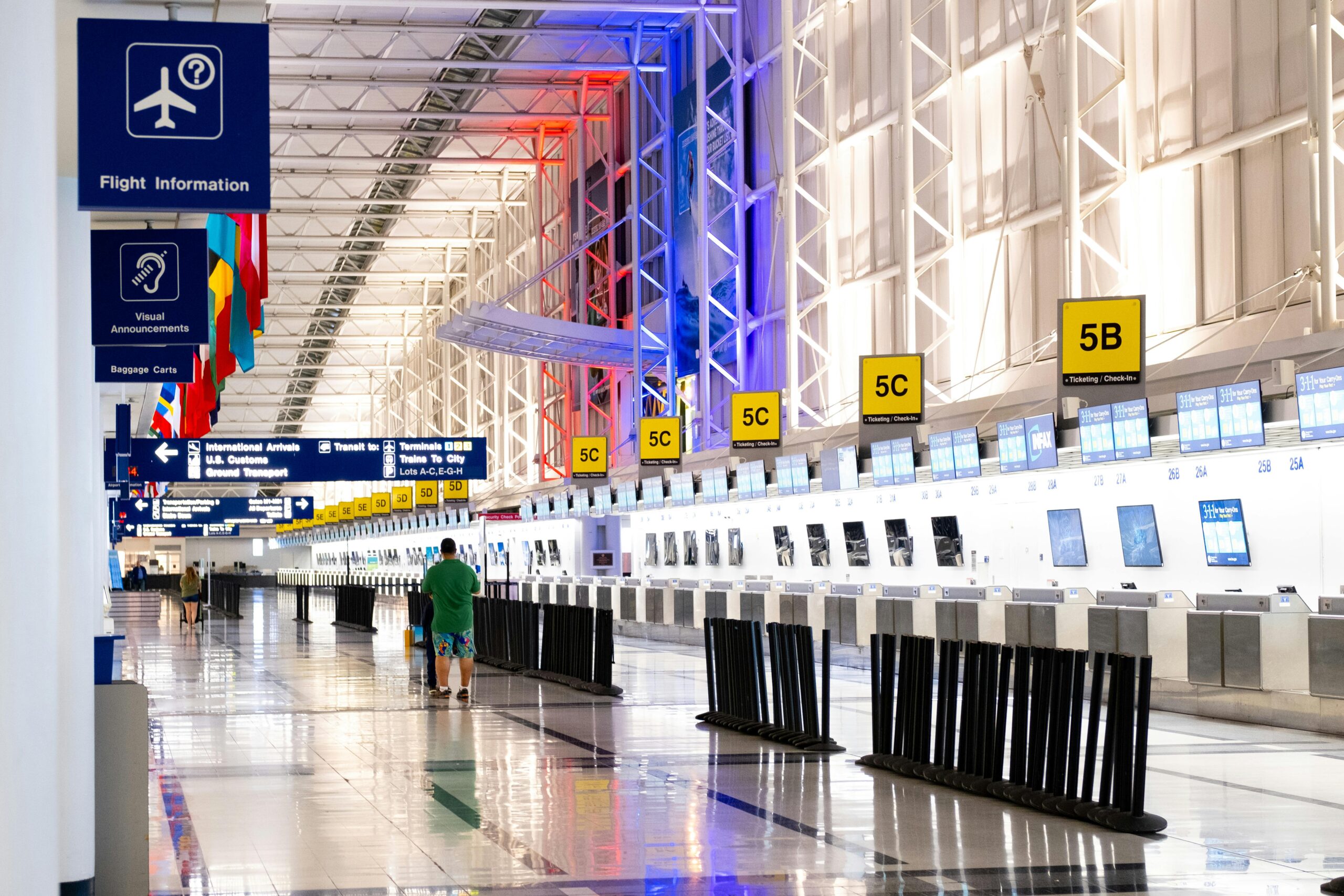As the world’s backbone for international travel and shipping, airports never sleep. With planes landing and taking off around the clock, tens of thousands of passengers moving through terminals daily, and commercial cargo arriving from around the world, airport security teams are constantly kept on their toes, keeping an eye out for emerging security risks and looking for the latest airport security solutions to help keep up.
One major U.S. airport alone sees about 286,000 passengers each day—that kind of volume is great for business, but it also brings a unique set of challenges. With this many passengers passing through each day, airport security teams have to make sense of vast amounts of security data from various sources to make sure operations stay on track and everyone stays safe. But how can they do this without getting overwhelmed? Centralization is key.
The Challenge of Disparate Systems
Managing airport security with multiple disparate systems is like trying to solve a puzzle with pieces scattered across different rooms. Sure, you might eventually put it together, but wouldn’t it be more efficient if everything were in one place? Security control rooms at airports are filled with monitors and systems — video feeds, access logs, sensors, alarms — all running separately. It’s a lot to juggle, especially when security risks can slip through the crowds in the blink of an eye. By bringing all this information into a single platform, operators get a clear picture of what’s happening, when it’s happening, and where.
More Clarity, Less Chaos
Instead of swapping between five or six different systems to assess their security posture, airport security teams need to be able to work from one central interface that shows everything in real time. Teams can pull video, access control, sensor alerts, and various other security solutions together so they’re not just reacting to security threats, but staying ahead. For example, a centralized system empowers security teams to automatically correlate data from different sources, such as surveillance and access control, highlighting potential security breaches that might go unnoticed in disparate systems. This proactive approach allows for faster identification and resolution of issues, improving security teams’ ability to mitigate threats before they escalate.
A Clear Path Forward
Airport security needs to evolve. The risks are changing, the crowds are growing, and the pressure to respond quickly is higher than ever. But with a unified platform that streamlines operations and cuts through the noise, security teams can do more with the tools they already have, and do it better.
By bringing disconnected systems into one clear view, airports can keep people moving and keep security tight, all without missing a beat. Isn’t it time to make your puzzle easier to solve?
Ready to continue learning about the benefits of centralization in airport security? Keep reading here.




